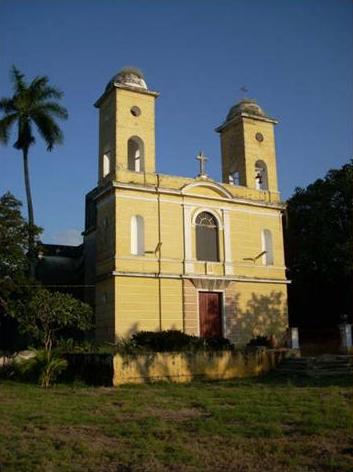|
San José Chactún
The Hacienda San José Chactún is a hacienda located in the State of Yucatán (state), Yucatán in Mexico. Location The hacienda contains historical relics, extensive virgin areas, and a high biodiversity in wildlife. It is very close to the archaeological sites of Uxmal (Heritage), Oxkintok and path Puuc, to the caves of Calcehtok and Loltún and the colonial cities of Mérida (Yucatán), Merida and Campeche (Heritage), the route of the Franciscan Monastery and the coastal area and biosphere reserve Celestún e Isla Arenas and to the famous Chichen Itza site. Pre-Hispanic history The original city is attributed to the Toltec, its archaeological remains dating back over 2,800 years. The first Maya civilization, Mayans settlements dating from the late Classical antiquity, Classical period. It lies within the Mayan region known today as "Puuc". The population was united with its more important neighbors by the white roads called "sacbé", which were used to perform a religio ... [...More Info...] [...Related Items...] OR: [Wikipedia] [Google] [Baidu] |
Maxcanú Municipality
Maxcanú Municipality (in the Yucatec Maya language: "his four monkeys") is one of the 106 municipalities in the Mexican state of Yucatán. Its seat is the town of Maxcanú. The municipality covers an area of approximately 1,321 km2 and is located roughly 52 km southwest of the city of Mérida. Borders The municipality shares borders with the following adjacent municipalities: * Celestún, Samahíl, and Kinchil to the north, * Chocholá, Kopomá, and Opichén to the east, and * Halachó to the south. A small portion of its southern border is also shared with the state of Campeche. History Maxcanú Municipality belonged to the chieftainship of Ah-Canul prior to the conquest. After the Spanish arrived, the area was organized as an encomienda. In 1734, the encomendero was José Domingo Pardío, who was charged with 256 native inhabitants. In 1821, Yucatán was declared independent of the Spanish Crown. In 1825 the area was part of the Camino Real Bajo region, wit ... [...More Info...] [...Related Items...] OR: [Wikipedia] [Google] [Baidu] |
